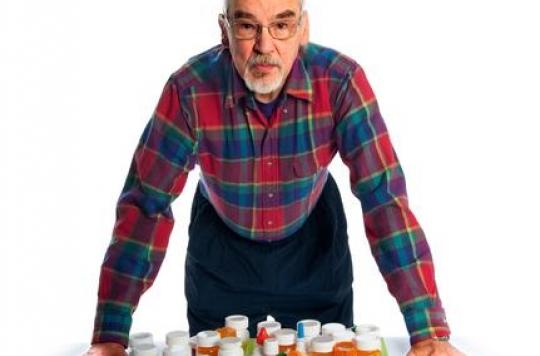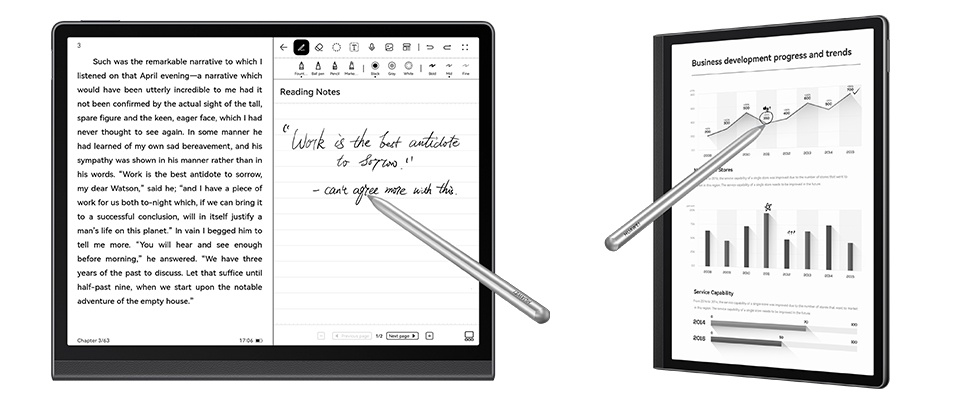It has become one of the key moments of the medical season: the publication by the magazine Prescribing unnecessary and therefore dangerous drugs. And the 2018 vintage is significant: 90 drugs pinned! Prescribing is the nightmare of the pharmaceutical industry. Independent of advertising money. Claiming enough subscribers, especially among doctors, to live comfortably without “selling your soul”, the magazine relentlessly slams abuse. If she is sometimes a little cautious about innovation, on the other hand, she draws attention to marketing abuses.

In the February issues, two salvos! The first concerns the marketing of what we call in the trade the “nanards”. And it is difficult to find fault with the journal, when it goes to war against the excessive promotion, and especially in the tone of novelty, of old products, which are no longer prescribed by doctors, either because of their ineffectiveness. , but above all because they are no longer reimbursed.
Prescribe denounces the commercial principle of “umbrella ranges”, which consists in selling under a common brand name, various specialties containing different active substances, a happy mixture which exposes you to different dangers. The names of eight brands follow: Actifed, Advil, Clarix, Doli, Fluimucil, Humex and Vicks.
Prescir justifies his accusations : “This marketing strategy, based on brand recognition, exposes people to confusion between drugs and to ignorance of certain risks, for example drug interactions. The risks of errors are accentuated by similarities between specialties, with the brand being highlighted in large and bold. “
This is not wrong… Some will say that most of these drugs no longer cost national solidarity anything since they are no longer reimbursed. This is a somewhat simplistic attitude, which would suggest that the drug not reimbursed is a harmless candy. However, a drug, reimbursed or not, remains a drug, and we must consider it as such. Especially if you take several that can interact with each other or with the treatments prescribed by the doctor.
“Risk-benefit”
Second salvo with the eagerly awaited assessment of the drugs very prescribed by the doctors but which are to be excluded from the care and to be replaced by better options: 90 “Flagrant cases of drugs more dangerous than useful”, yet authorized in France or in the European Union.
A review to read: Prescribe… And to discuss with your doctor, if you take one of the drugs on the list. Because it is from pressure from “consumers” that the change in attitude will come, probably not from the public authorities, more concerned by the very high cost of new drugs which are pouring into the market. The pharmaceutical industry, which is often one step ahead, is probably not surprised by the list of Prescribe and rather obeys the technique “As long as it works …” And she is not wrong because most doctors are well aware of the arguments developed by Prescribe. Habit and the lack of time to explain the change in prescription are the most widely used arguments.
If the resolution of this problem is with the patient, Prescribe should change the wording of its key argument to judge these drugs: this very ugly and incomprehensible expression for “non-professionals”, literal translation from English, which speaks of “benefit-risk”.
“Risk”, the patient knows … these are the side effects; which he fears, like the doctors elsewhere.
“Profit”, there is no doubt, these are those of the pharmaceutical industry! While that has nothing to do with it.
The real translation is quite different: “advantages-disadvantages”. Because the whole dilemma for the doctor should be summed up, first of all, by these words: does the use of a drug bring more advantages than disadvantages?
Then, and only then, comes the comparison between old and new drugs, to quantify, both financially and medically, the advantages of a new prescription. Knowing that it is difficult for a doctor not to prescribe the one who does “a little better” in the name of money; assuming that for the patient, the addition is always the same: zero!
Doctors also expect real instructions from the public authorities, which are not always clear when it comes to innovative drugs.
.














